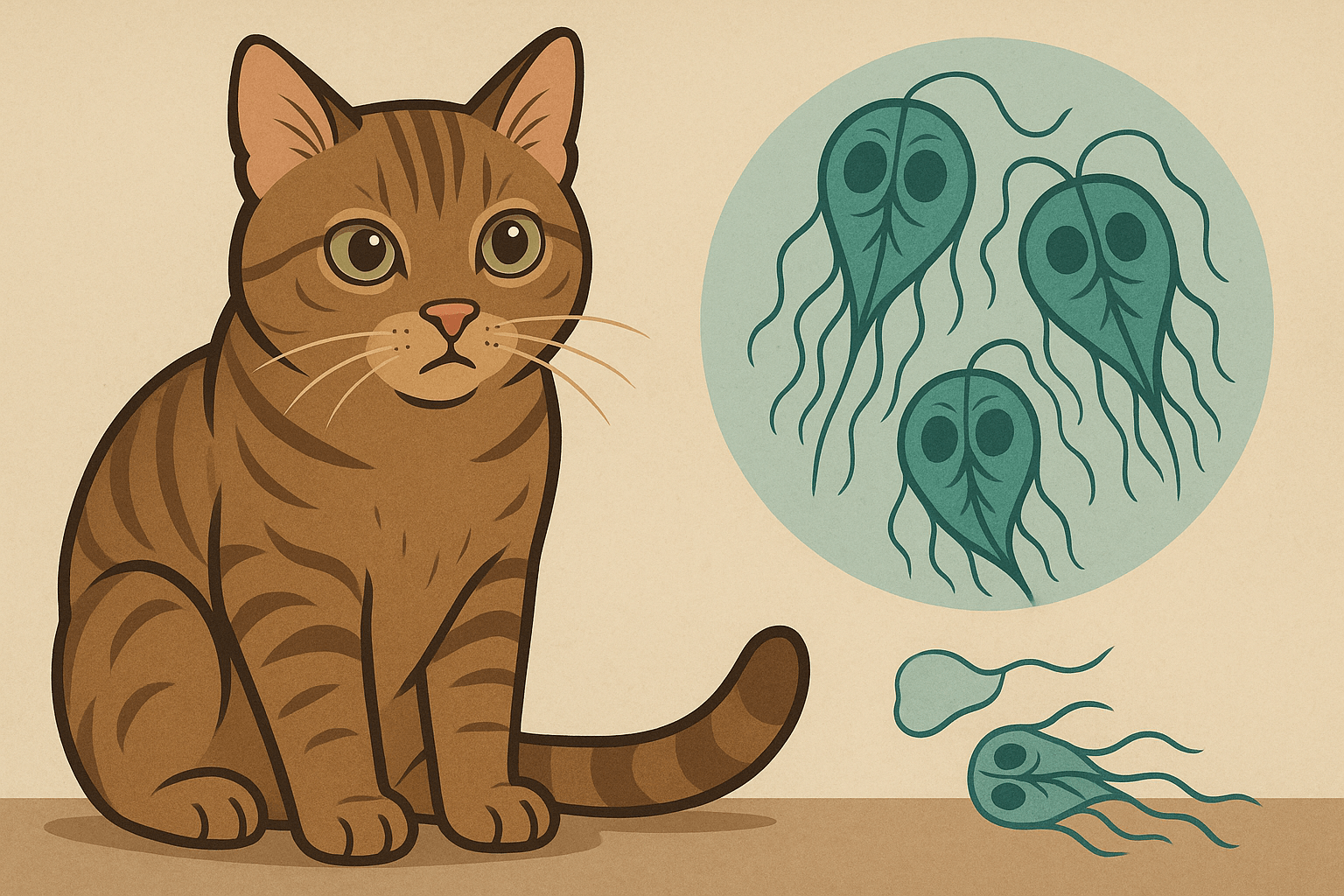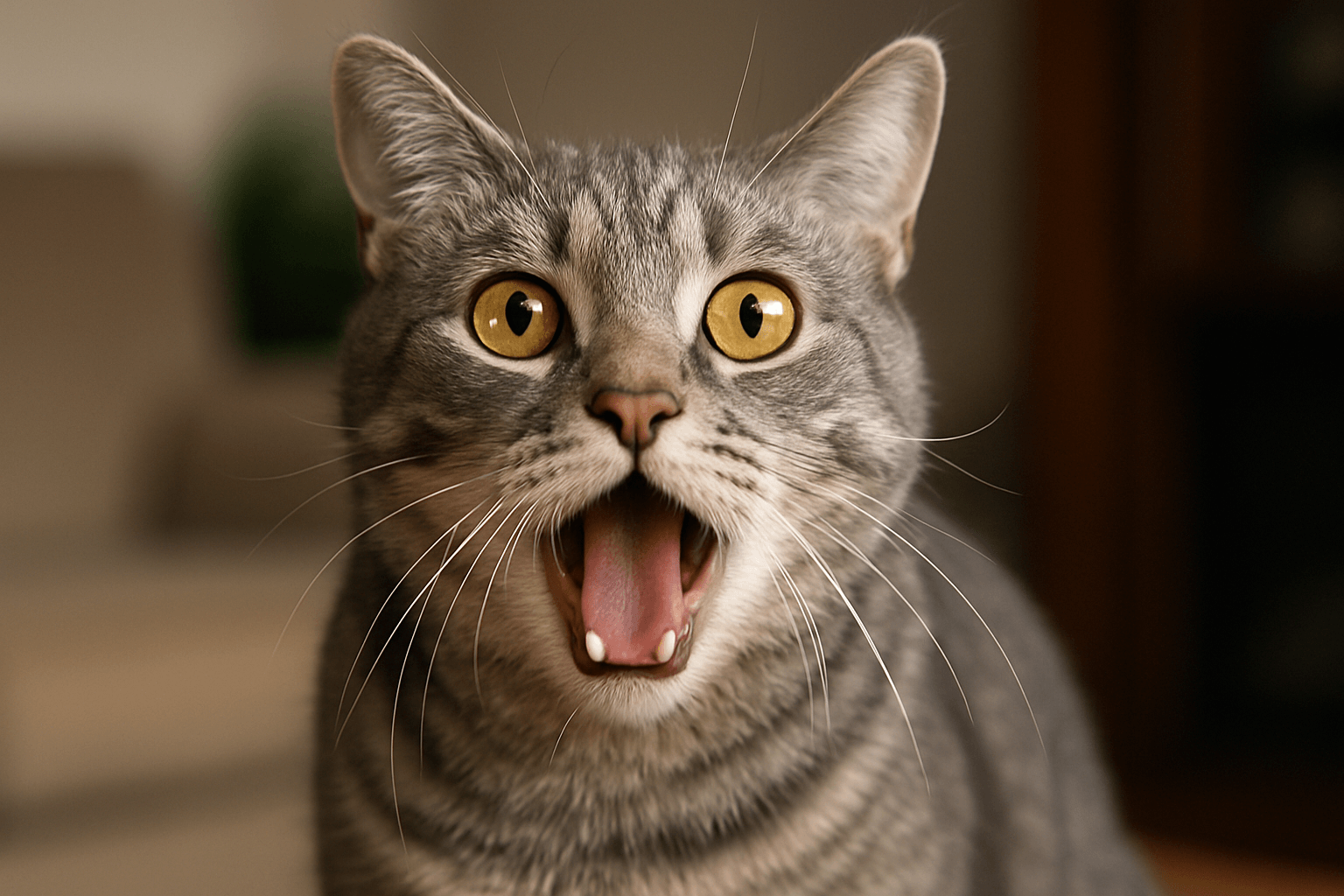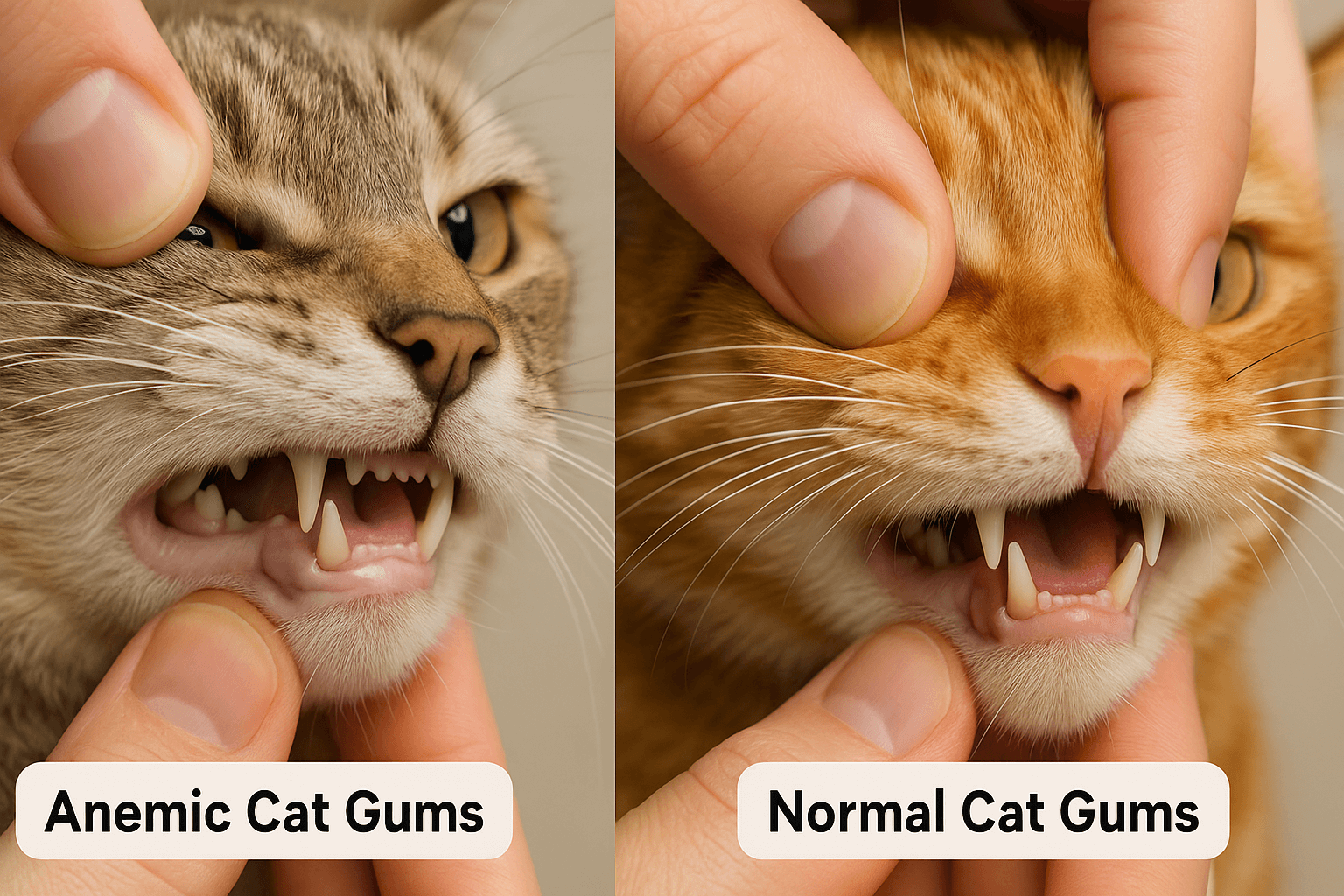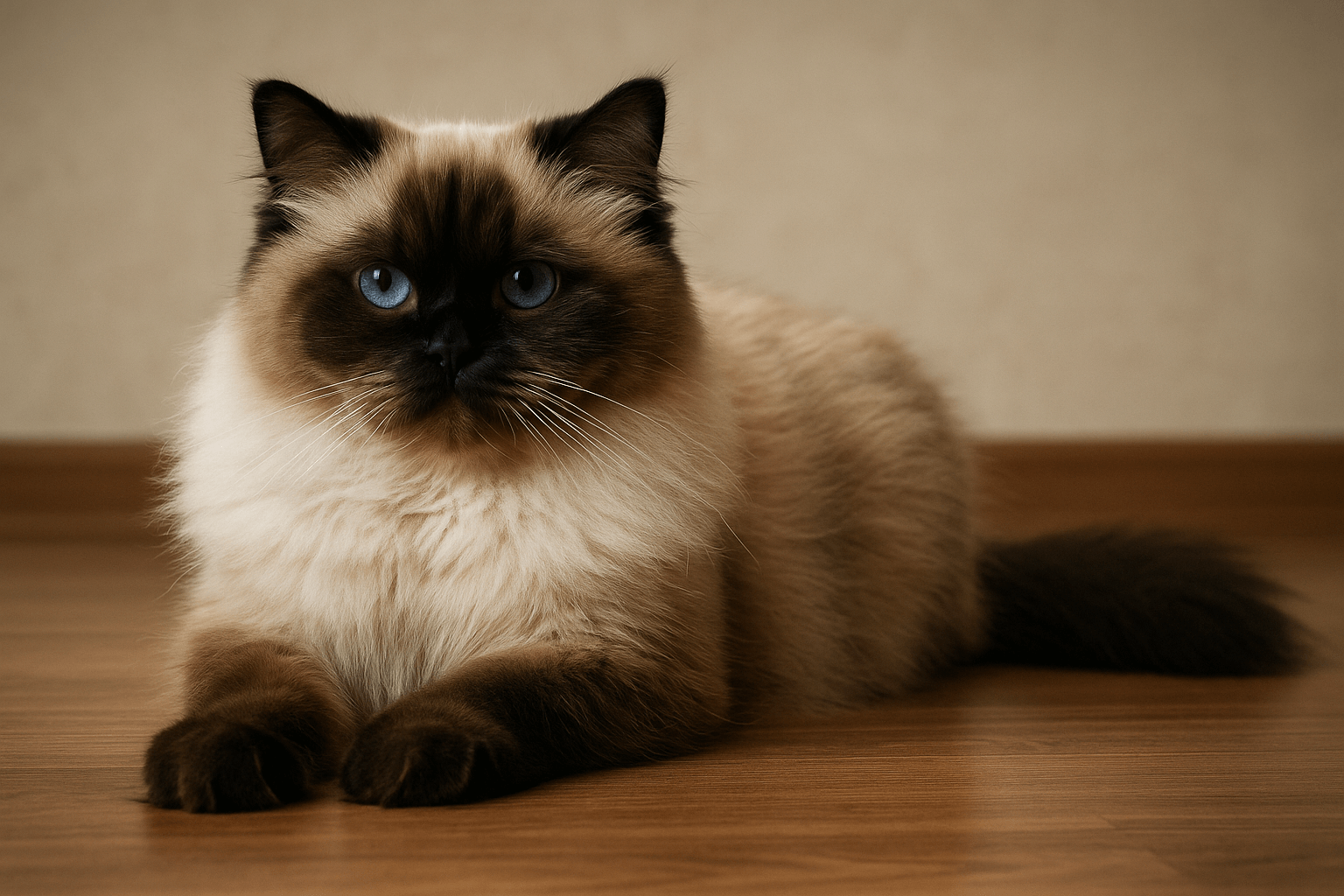Can Cats Eat Cauliflower?
When it comes to feeding our feline friends, many pet owners wonder whether vegetables like cauliflower are safe for cats. While cats are obligate carnivores and primarily rely on animal-based proteins for their nutrition, some vegetables can be introduced in moderation as occasional treats. Cauliflower, a nutrient-rich vegetable packed with vitamins and fiber, is one such option that may benefit your cat if prepared and served correctly. However, it’s essential to understand the potential risks and benefits before adding it to your cat’s diet. In this blog post, we’ll explore everything you need to know about feeding cauliflower to your cat, from nutritional value to safe preparation methods.
Benefits of Feeding Cauliflower to Cats
Cauliflower offers several health benefits that can complement your cat’s diet when given in small amounts. Here’s why this vegetable might be worth considering as an occasional treat.
Rich in Vitamins:
Cauliflower contains vitamins like C and K, which support immune function and bone health in cats.High in Fiber:
The fiber content in cauliflower can aid digestion and help prevent constipation or hairball issues.Low in Calories:
As a low-calorie snack, cauliflower is an excellent option for cats needing weight management.Antioxidant Properties:
Cauliflower contains antioxidants that help reduce inflammation and support overall health.Hydration Boost:
This vegetable has a high water content, helping keep your cat hydrated, especially if they don’t drink enough water.
While these benefits make cauliflower a nutritious choice, it should only be offered as an occasional supplement to their primary diet.
Potential Risks of Feeding Cauliflower to Cats
Although cauliflower is generally safe, there are some risks to consider before including it in your cat’s meals. Being aware of these potential downsides ensures your cat stays healthy and comfortable.
Digestive Upset:
Too much cauliflower can cause gas, bloating, or diarrhea due to its high fiber content.Choking Hazard:
Large chunks or improperly prepared cauliflower may pose a choking risk, especially for smaller cats.Allergic Reactions:
Some cats may have sensitivities or allergies to cauliflower, leading to symptoms like itching or vomiting.Nutritional Imbalance:
Overfeeding vegetables can disrupt the balance of nutrients in your cat’s diet, as they require primarily animal-based proteins.Pesticide Exposure:
Non-organic cauliflower may contain harmful chemicals, so always wash it thoroughly or opt for organic options.
By understanding these risks, you can make informed decisions about incorporating cauliflower into your cat’s diet.
Check this guide 👉Can Cats Eat Crackers? Best 7 Expert Tips!
Check this guide 👉Can Cats Eat Parsley? Best 7 Expert Tips!
Check this guide 👉Can Cats Eat Kale? Best 7 Expert Tips!
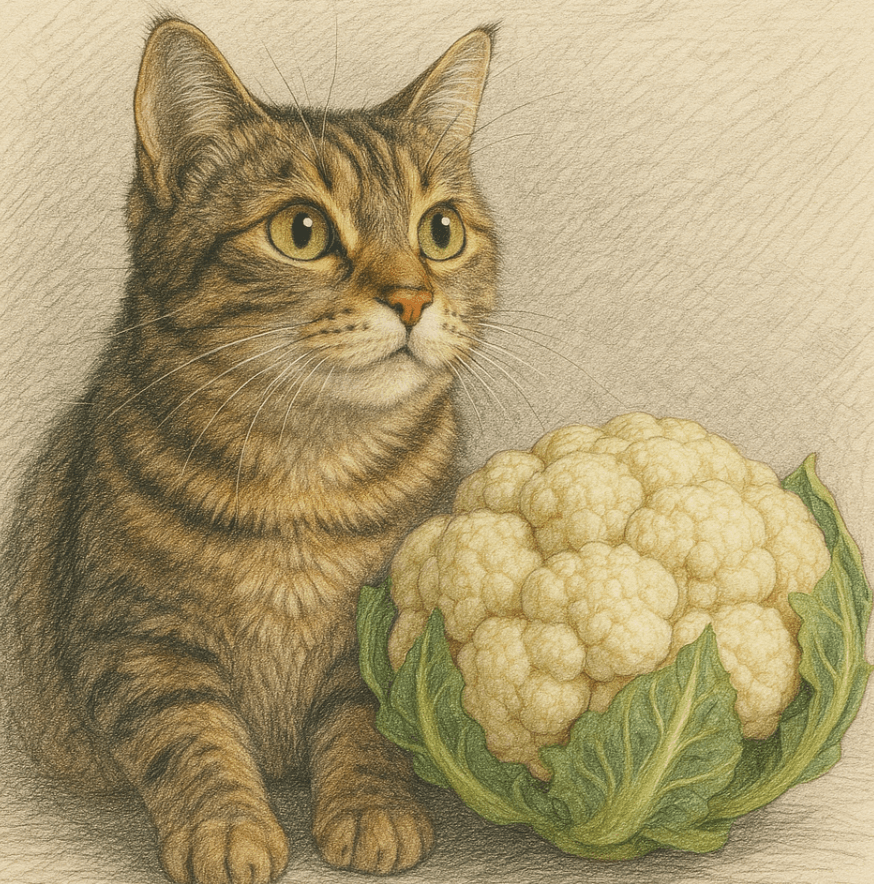
Safe Ways to Feed Cauliflower to Cats | Risks to Avoid When Feeding Cauliflower |
|---|---|
Steamed or boiled until soft | Raw cauliflower, which can be hard to digest |
Cut into small, bite-sized pieces | Large chunks that could cause choking |
Plain, without seasoning or additives | Cauliflower with salt, spices, or oils |
Offered in small, occasional portions | Overfeeding, which can upset their stomach |
Organic or thoroughly washed cauliflower | Non-organic cauliflower with pesticide residue |
How to Safely Introduce Cauliflower to Your Cat
If you decide to feed cauliflower to your cat, it’s crucial to introduce it gradually and prepare it properly. Follow these steps to ensure a safe and enjoyable experience.
Start with Small Portions:
Begin by offering a tiny piece of cauliflower to see how your cat reacts before giving larger amounts.Cook It Thoroughly:
Steam or boil the cauliflower until it’s soft, making it easier for your cat to chew and digest.Avoid Seasonings:
Never add salt, spices, butter, or oils, as these can upset your cat’s stomach or be toxic.Monitor for Reactions:
Watch for signs of digestive upset, allergic reactions, or disinterest after introducing cauliflower.Limit Frequency:
Cauliflower should only be an occasional treat, not a regular part of their diet.
By following these guidelines, you can safely incorporate cauliflower into your cat’s menu without compromising their health.
Signs Your Cat May Not Tolerate Cauliflower
While most cats can tolerate small amounts of cauliflower, some may experience adverse reactions. Recognizing these signs allows you to act quickly and adjust their diet accordingly.
Vomiting or Diarrhea:
These symptoms indicate that your cat’s digestive system is struggling to process cauliflower.Excessive Gas or Bloating:
Frequent flatulence or a bloated abdomen suggests intolerance to the vegetable’s fiber content.Loss of Appetite:
If your cat refuses to eat or seems uninterested in food after trying cauliflower, it may not agree with them.Itching or Skin Irritation:
Allergic reactions can manifest as scratching, redness, or irritation around the skin or ears.Lethargy or Discomfort:
A sudden lack of energy or signs of discomfort may signal an adverse reaction to cauliflower.
If you notice any of these signs, stop feeding cauliflower immediately and consult your veterinarian if symptoms persist.
Common Mistakes to Avoid When Feeding Cauliflower
Even with good intentions, mistakes can happen when introducing new foods to your cat’s diet. Avoid these pitfalls to ensure a positive experience with cauliflower.
Overfeeding:
Giving too much cauliflower can lead to digestive issues and disrupt your cat’s nutritional balance.Using Seasonings or Additives:
Ingredients like garlic, onion powder, or butter can be toxic to cats and should always be avoided.Ignoring Signs of Intolerance:
Failing to recognize adverse reactions can result in ongoing discomfort or health problems for your cat.Feeding Raw Cauliflower:
Raw vegetables are harder to digest and more likely to cause gastrointestinal distress.Replacing Meat-Based Meals:
Cauliflower should never substitute protein-rich foods, as cats require specific nutrients found in animal products.
Avoiding these mistakes ensures your cat enjoys cauliflower safely and comfortably.
Alternatives to Cauliflower for Cats
If your cat doesn’t enjoy cauliflower or tolerates it poorly, there are plenty of other vegetables you can try as occasional treats.
Carrots:
Cooked carrots are rich in beta-carotene and fiber, making them a nutritious alternative.Green Beans:
Low in calories and high in fiber, green beans are a great option for cats needing weight management.Zucchini:
Soft and easy to digest, zucchini provides hydration and essential vitamins.Pumpkin:
Plain, canned pumpkin (not pie filling) is excellent for aiding digestion and preventing hairballs.Peas:
Cooked peas are small, soft, and packed with protein and fiber for added nutrition.
These alternatives allow you to diversify your cat’s diet while keeping it safe and balanced.
Understanding Your Cat’s Dietary Needs
Cats have unique dietary requirements as obligate carnivores, meaning their bodies are designed to thrive on animal-based proteins. Understanding these needs helps you make better decisions about treats like cauliflower.
High Protein Requirements:
Cats need diets rich in animal proteins to support muscle growth, energy levels, and overall health.Limited Ability to Process Carbs:
Unlike humans, cats lack the enzymes needed to efficiently digest large amounts of carbohydrates.Essential Amino Acids:
Nutrients like taurine, found in meat, are vital for heart health, vision, and immune function.Hydration Through Food:
Many cats don’t drink enough water, so moisture-rich foods like wet cat food or certain vegetables can help.Importance of Moderation:
Treats like cauliflower should make up no more than 10% of your cat’s daily caloric intake.
By respecting these dietary principles, you can ensure your cat receives the nutrition they need to live a long and healthy life.
Frequently Asked Questions About Cats and Cauliflower
Can kittens eat cauliflower?
Yes, but only in very small amounts and under supervision, as their digestive systems are still developing.
Is raw cauliflower safe for cats?
No, raw cauliflower is harder to digest and can cause stomach upset; always cook it first.
How often can I give my cat cauliflower?
Limit cauliflower to once or twice a week at most, ensuring it doesn’t replace essential nutrients from their main diet.
What other vegetables are safe for cats?
Carrots, green beans, and zucchini are safe options when cooked and served plain.
What should I do if my cat accidentally eats too much cauliflower?
Monitor them closely for signs of digestive distress and contact your vet if symptoms worsen.
Balancing Treats and Nutrition for Your Cat
Feeding cauliflower to your cat can provide variety and additional nutrients, but it’s important to remember that cats thrive on a protein-rich, meat-based diet. By offering cauliflower as an occasional treat and preparing it safely, you can enhance your cat’s diet without risking their health. Always prioritize their individual needs and preferences, and consult your veterinarian if you’re unsure about introducing new foods. With care and attention, you can ensure your feline friend enjoys a balanced and satisfying diet while staying happy and healthy.
Giardia in Cats: Best 7 Expert Tips! Discover expert advice on identifying, treating, and preventing giardia in cats to ensure your feline stays happy and healthy.
Cat Hyperventilating: Best 7 Expert Tips! Discover signs, causes, and solutions for cat hyperventilation. Learn how to calm your cat and when to seek veterinary care for their breathing issues.
Anemic Cat Gums vs Normal: Best 7 Expert Tips! Learn to spot signs of anemia in cats, understand gum health, and ensure your feline stays happy and healthy with expert advice.
Himalayan Cat Size: Best 7 Expert Tips! Discover expert advice on Himalayan cat size, growth factors, care tips, and how to ensure your feline stays healthy and happy.

